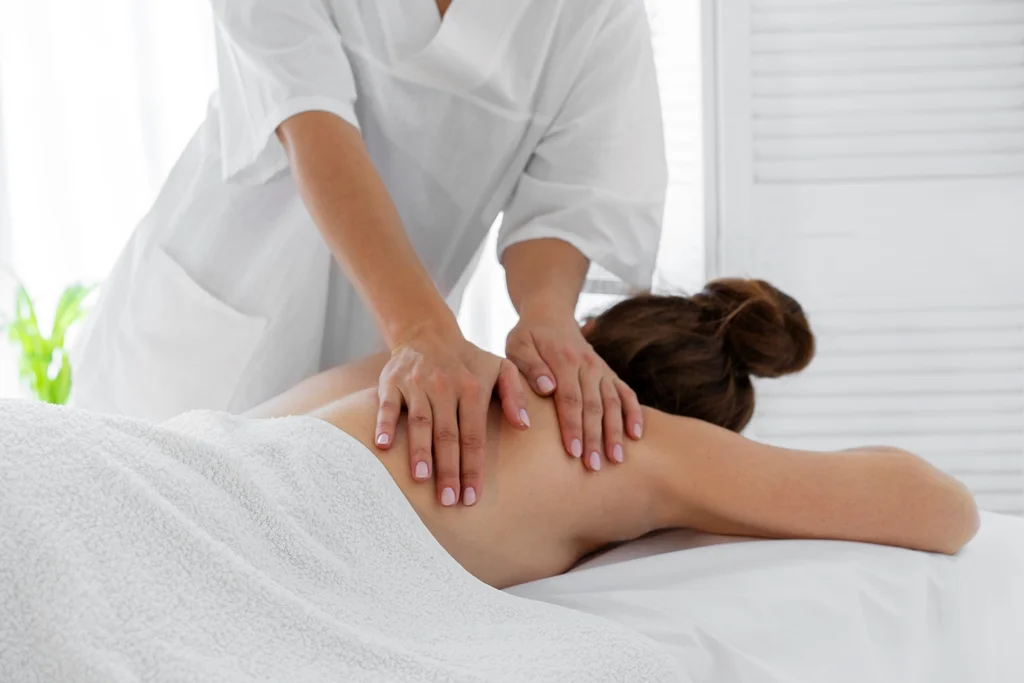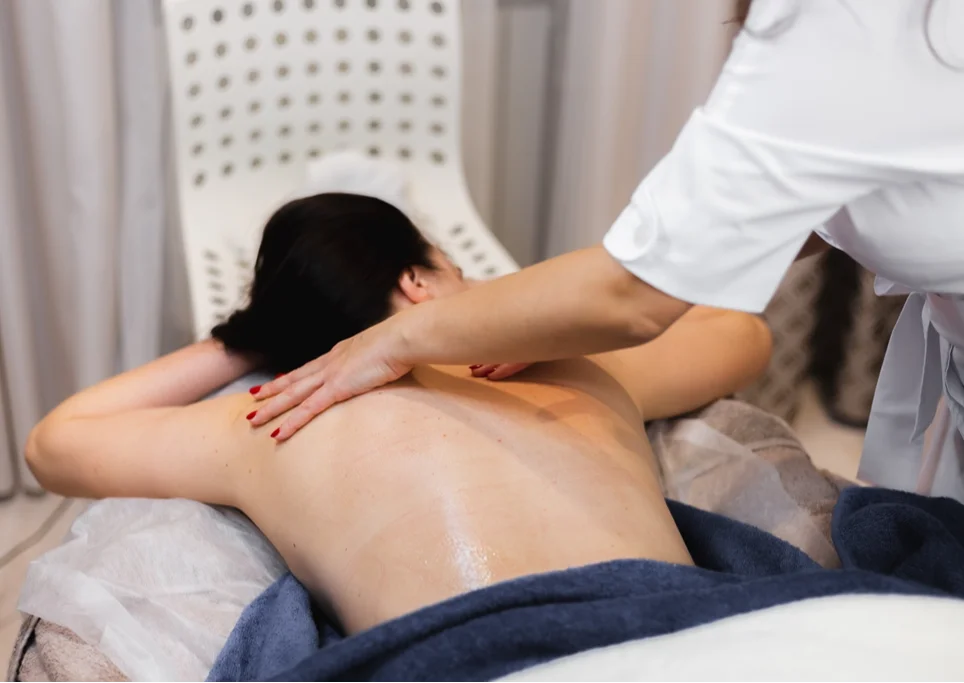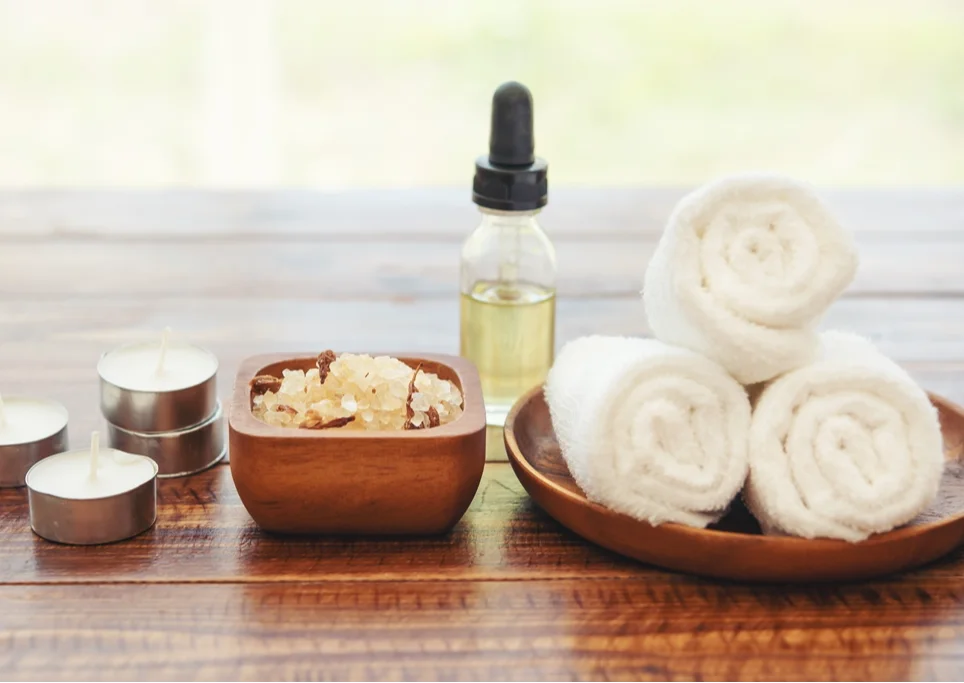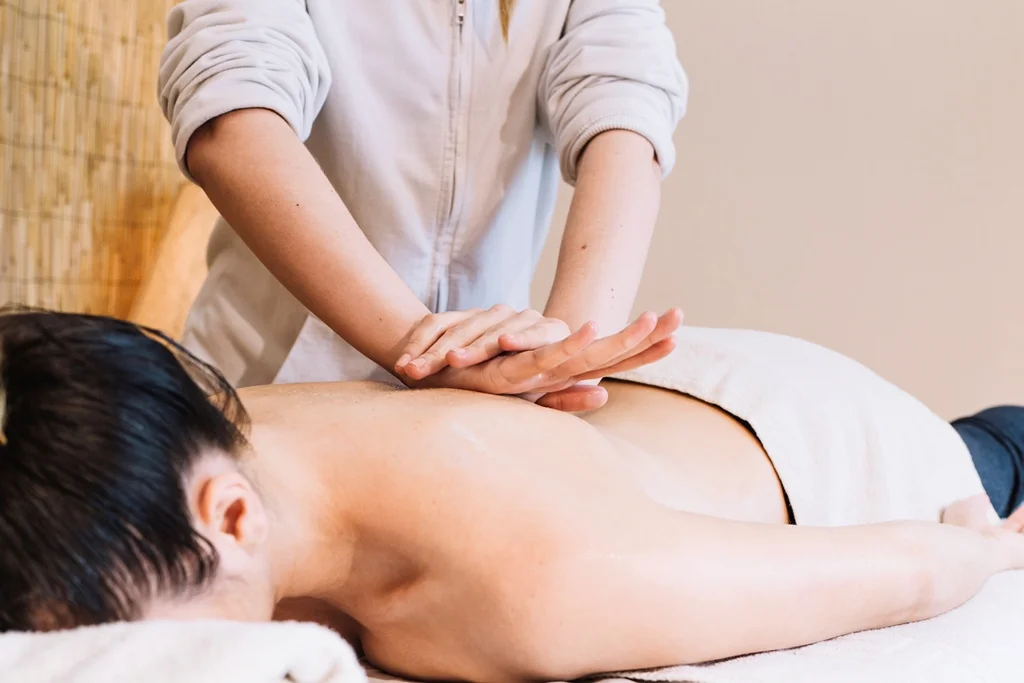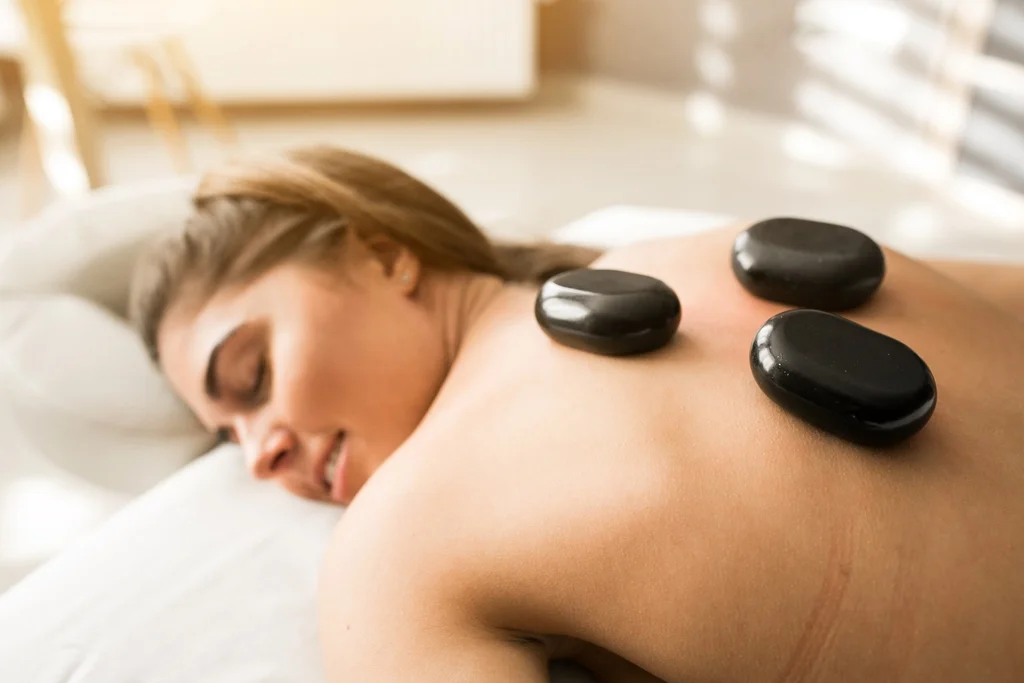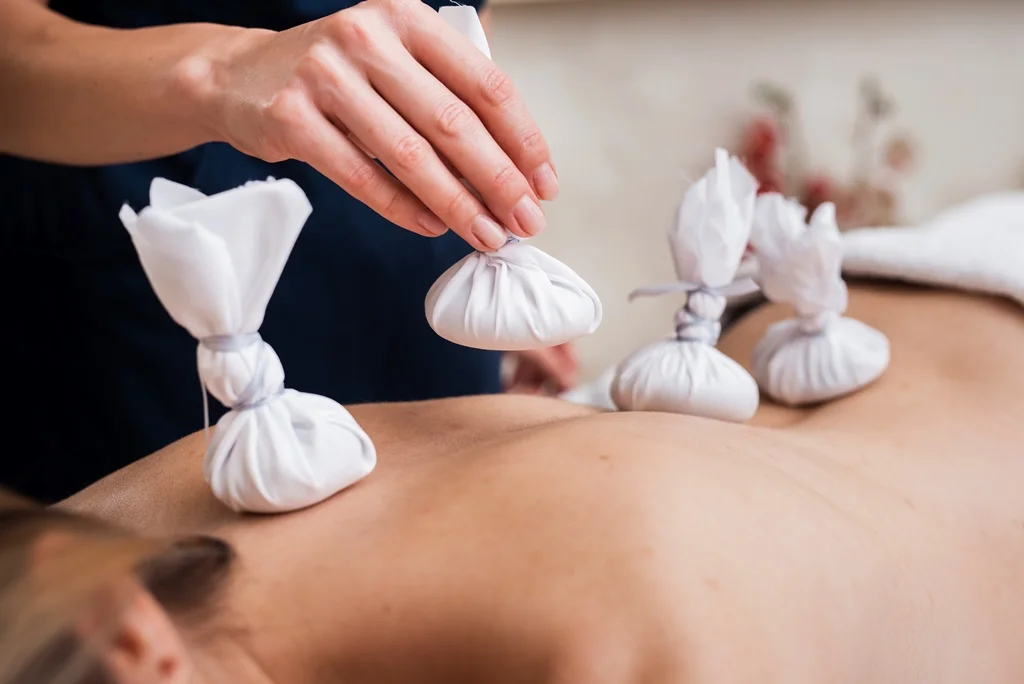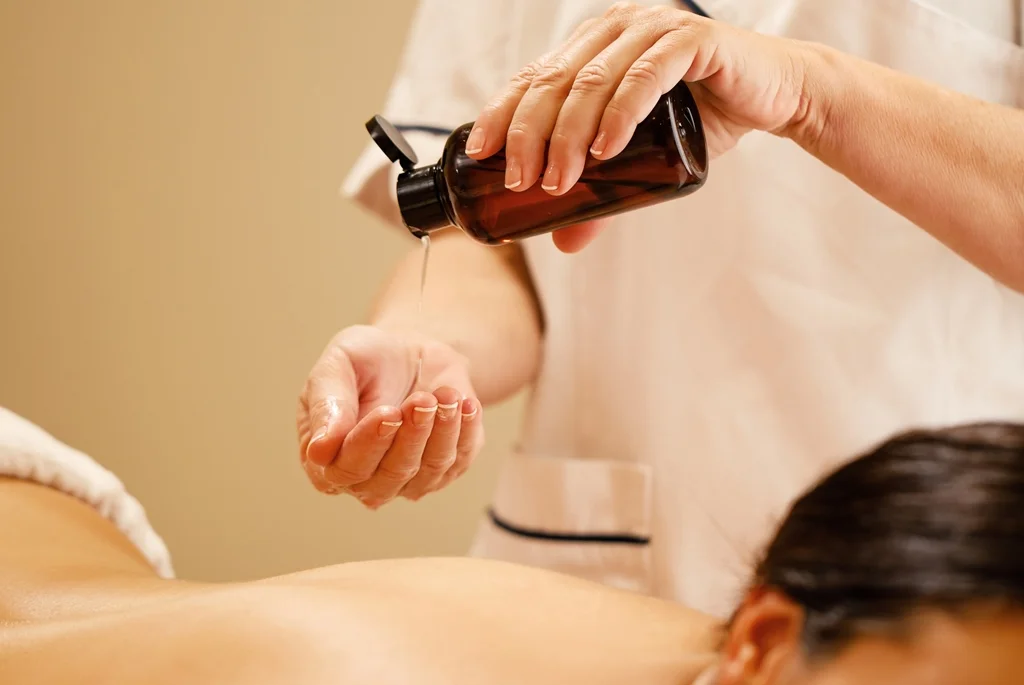Why Choose RMT Massage: How It Differs from a Regular Massage
Why Choose RMT Massage: How It Differs from a Regular Massage
Massage is undoubtedly a pleasant experience. It helps you relax, relieve fatigue, and forget about daily worries—at least for an hour. But if you're truly focused on your health, dealing with chronic pain, recovering from injuries, or living with ongoing stress, relaxation alone may not be enough. In such cases, it's worth exploring Registered Massage Therapy (RMT) — a regulated and clinical approach to massage that differs from basic spa services not only in technique, but also in the therapist's qualifications.
What Is RMT and Who Is a Registered Massage Therapist?
A Registered Massage Therapist (RMT) is a healthcare professional who has completed formal medical training and holds a license to provide evidence-based therapeutic treatments. Unlike spa massage practitioners — whose work is generally unregulated — RMTs are legally required to meet provincial standards and maintain ongoing professional development.
To become an RMT, a practitioner must:
- Complete 2–3 years of education at an accredited college;
- Study anatomy, physiology, pathology, and kinesiology;
- Pass both theoretical and practical government licensing exams;
- Adhere to strict ethical and professional standards;
- Follow guidelines set by insurance and medical organizations.
This foundation ensures that RMT sessions are safe, intentional, and designed to support long-term health.
The Key Difference: A Therapeutic Focus
While traditional massage is primarily aimed at relaxation, it doesn’t always address the root of the issue. An RMT, on the other hand, begins with a thorough assessment of your body, health history, posture, and areas of chronic tension or restriction.
Thanks to this clinical approach, RMTs can effectively treat a wide range of conditions, such as:
- Chronic pain in the back, neck, shoulders, and joints;
- Recovery from injuries, surgeries, and strains;
- Migraines and tension headaches;
- Restricted mobility and muscle tightness;
- High levels of anxiety, stress, and sleep disorders.
Each session is tailored to the individual’s needs and goals—not based on a generic protocol, but on a personalized treatment strategy.
Benefits of RMT for the Client
RMT massage is about more than just technique. It reflects a deeper philosophy rooted in health care, accountability, and personalized attention. Here are the key advantages of choosing RMT over basic relaxation massage:
- Clinical Approach
- Every session is built on medical insight and assessment, targeting specific goals such as pain relief, rehabilitation, or prevention.
- Safety and Professionalism
- RMTs understand contraindications, adjust treatments based on your health profile, and use methods suited to your unique condition.
- Insurance Coverage
- Many extended health plans in Canada cover RMT treatments partially or fully, making regular care more accessible and affordable.
- Long-Term Impact
- Unlike short-lived relaxation, RMT helps reduce chronic tension, support healing, and improve overall quality of life.
These advantages make Registered Massage Therapy a smart choice not only for those in pain but for anyone who wants to care for their body mindfully.
If you’re looking for more than just a temporary escape — if you want to truly restore your body, improve your well-being, and experience a professional, health-focused approach — RMT massage is your ally. It’s an investment in your long-term health, supported by science and recognized by the medical system. Regular sessions with a licensed therapist can help you move beyond pain and discover lasting balance between body and mind.
Why Choose RMT Massage: How It Differs from a Regular Massage
